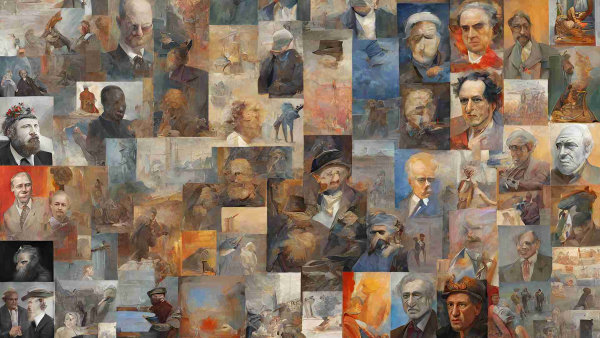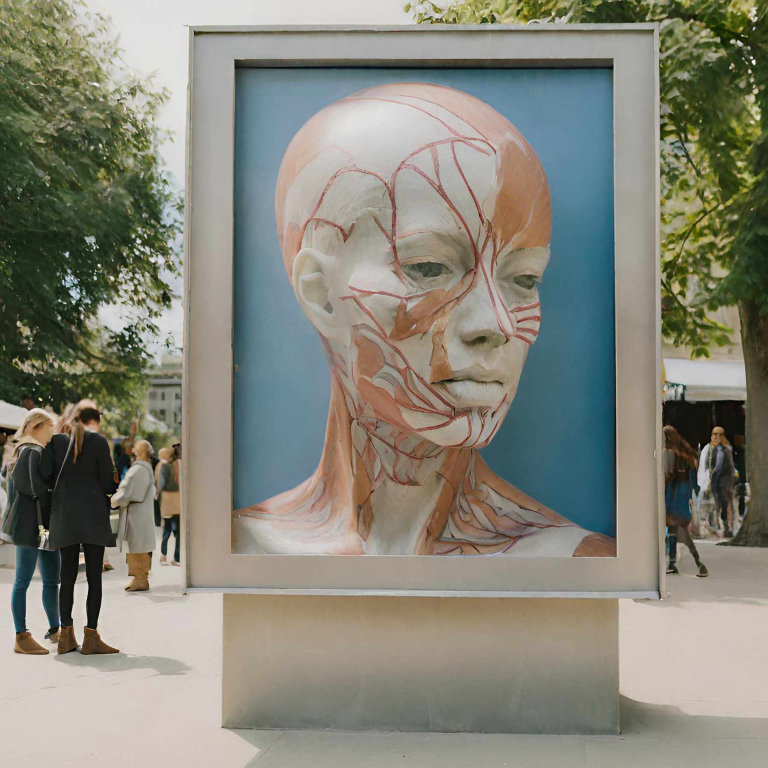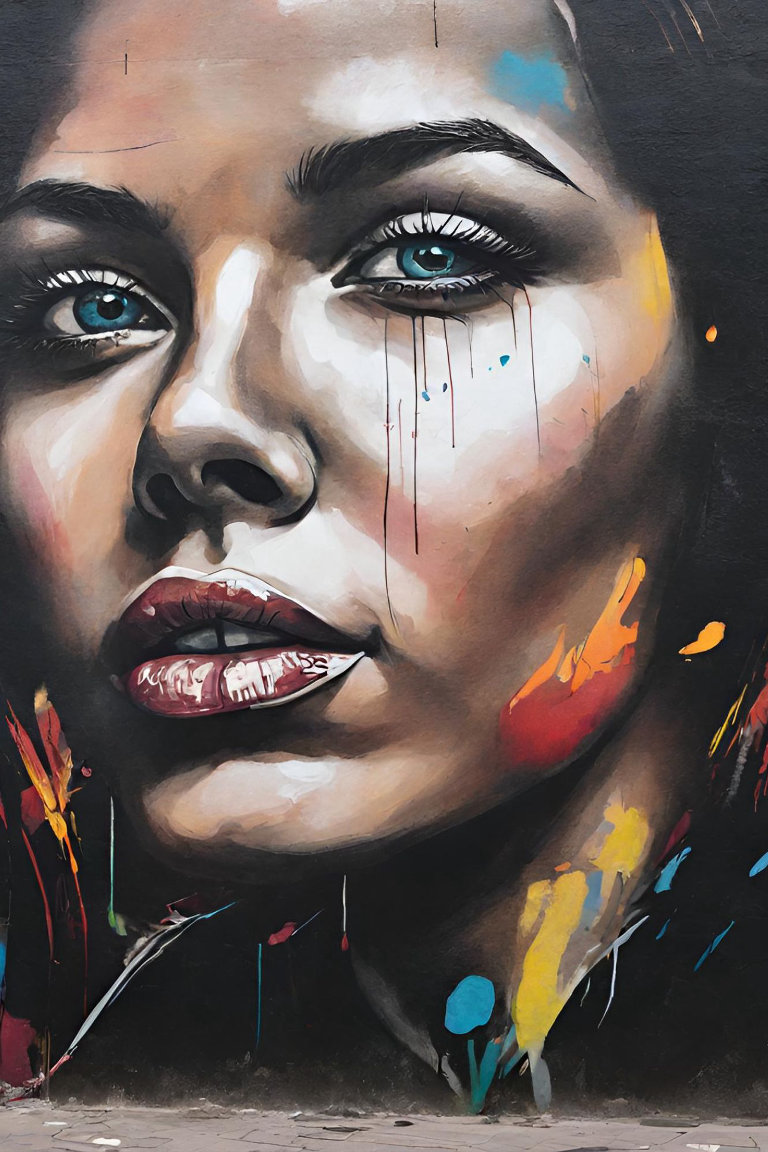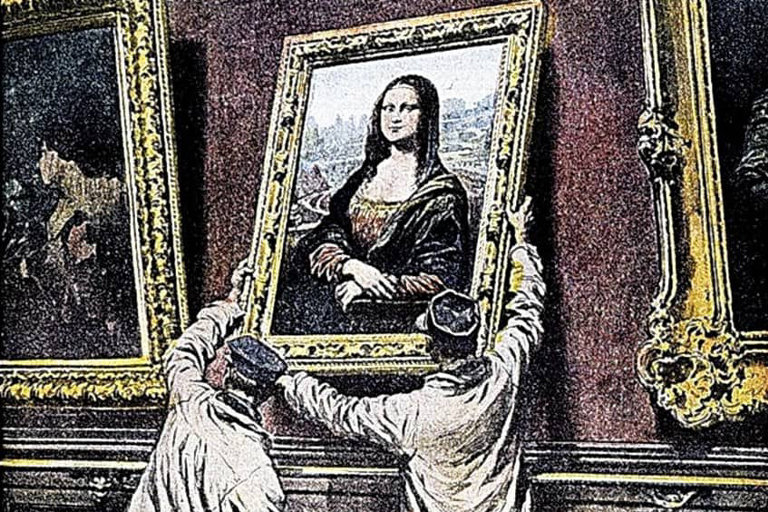![]()
Throughout history, art and politics have been intricately intertwined, forming a powerful dance of expression, reflection, and even confrontation. From the ancient cave paintings depicting hunting rituals to the contemporary street art challenging social norms, artists have used their craft to comment on, shape, and even subvert the political landscape.
Art as a Tool for Commentary and Critique: Many artists act as social commentators, wielding their creativity to expose injustices, spark debate, and hold power to account. Take, for example, the renowned Mexican muralist Diego Rivera, whose vibrant frescoes often criticized capitalism and inequality. His masterpiece, “Man at the Crossroads”, depicts a worker at a crucial juncture, highlighting the choices and struggles faced by the working class.
Art as a Weapon of Resistance: Art can also be a powerful tool for resistance against oppressive regimes. In China, for example, artist Ai Weiwei uses his installations and sculptures to critique government censorship and human rights abuses. His work, often met with official disapproval, serves as a potent symbol of defiance and a rallying point for dissident voices.
Art as a Platform for Social Change: Art can also be a catalyst for positive social change. The ACT UP movement in the 1980s used powerful imagery and graphic design in their AIDS awareness campaigns, raising public consciousness and demanding action from the government. Their iconic posters, like the one featuring Silence Death, challenged societal stigma and helped galvanize support for LGBTQ+ rights.
Art as a Propaganda Tool: Of course, not all art serving political purposes is aimed at critique or change. Governments and political parties have also used art for propaganda purposes, shaping public opinion and promoting their agendas. Nazi Germany’s use of grandiose architecture and Triumph des Willens film aimed to instill awe and obedience, while Soviet Socialist Realism art glorified the communist state and its leaders.
The Complexities and Nuances: The relationship between art and politics is far from simple. While art can be a powerful tool for critique and change, it can also be co-opted and manipulated for agendas that artists might not endorse. It’s crucial to critically analyze the context, message, and potential biases embedded within any artwork, particularly when considering its political impact.
Looking Ahead: As the world continues to evolve, the intersection of art and politics will undoubtedly remain significant. Artists will continue to find new ways to express themselves, challenge the status quo, and engage with the complex political realities of our time. By understanding the historical and ongoing dialogue between these two spheres, we can gain a deeper appreciation for the power of art and its potential to shape our world.







